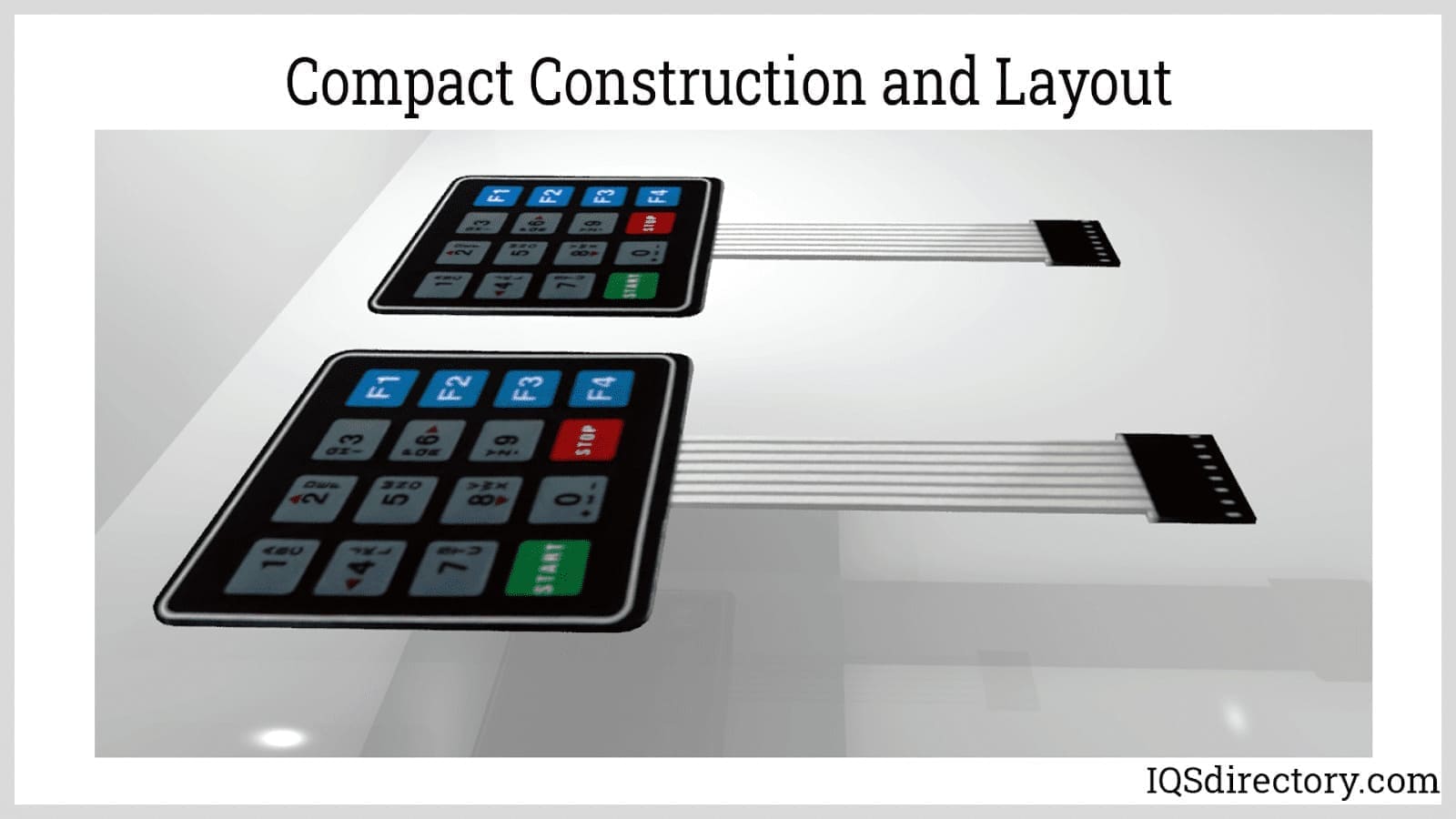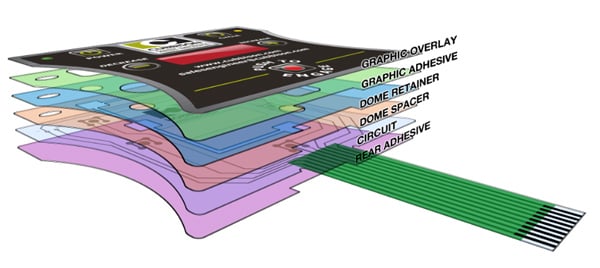Comprehending the Functionality of Membrane Layer Switches for Customer Interface Gadget
The performance of membrane switches represents a significant improvement in user interface layout, incorporating performance with visual convenience. As markets significantly prioritize individual experience, recognizing the subtleties of membrane layer switch innovation comes to be crucial.
What Are Membrane Switches?
Membrane layer buttons are innovative interface tools that help with user interaction with digital devices. These functional parts include several layers, consisting of a graphic overlay, spacer, and a printed circuit layer. The style enables for a smooth combination into various digital gadgets, improving both the visual and useful facets of interface.
Membrane layer switches are generally employed in a large range of applications, from home home appliances to industrial equipment and clinical devices. Their building and construction typically features a thin account, making them an excellent option for portable layouts. The responsive feedback supplied by these buttons can be engineered to satisfy specific user preferences, ensuring effective interaction between the customer and the device.
Resilience is another significant advantage of membrane switches, as they are immune to dirt, dampness, and chemicals, which improves their lifespan sought after settings. Additionally, these buttons can be personalized in regards to shape, size, and visuals design, allowing for branding and user-specific functions. On the whole, membrane layer changes stand for a practical service for improving individual experience in electronic gadgets, incorporating performance with visual appeal in a reliable way.
Exactly How Membrane Layer Switches Job
Operating on a simple concept, membrane layer switches over utilize a split construction to register user input efficiently. Each button consists of multiple layers, consisting of a published circuit layer, a spacer layer, and a top visuals layer, which are designed to function with each other flawlessly. When a customer presses the leading layer, it compresses the spacer layer, bringing the conductive aspects of the circuit layer into call with each various other.
This get in touch with develops a closed circuit, indicating the gadget to perform a specific function. The style permits for numerous configurations, consisting of tactile feedback, which can improve the user experience by giving a physical sensation upon activation. The products used in membrane layer switches commonly consist of adaptable substrates, such as polyester or polycarbonate, which make certain durability and durability against deterioration.

Key Benefits of Membrane Layer Buttons

An additional considerable benefit is their compactness. Membrane switches are thin and light-weight, which enables manufacturers to conserve area in their gadgets without sacrificing functionality. This attribute read this article is specifically beneficial in applications where weight and quantity are important factors to consider.
Additionally, membrane layer switches are immune to dirt, moisture, and chemicals, improving their durability. This durability extends their lifespan and decreases the need for constant replacements, leading to price financial savings gradually.
Additionally, the tactile feedback offered by membrane layer buttons can be optimized visit this page to boost customer interaction. They can consist of functions such as raised switches or distinct clicks, boosting usability and customer experience.
Applications Across Industries
Individual interface devices making use of membrane switches are common in a broad range of sectors, showcasing their versatility and performance. Membrane Switch. In the medical field, membrane layer buttons are indispensable to gadgets such as diagnostic equipment and client monitoring systems, where their resilience and ease of cleansing are crucial for keeping health criteria. Similarly, in the auto sector, these switches are employed in control panel controls and infomercial systems, giving a sleek and modern user interface for users.
Furthermore, the consumer electronics industry take advantage of membrane buttons in home appliances and handheld gadgets, where small design and straightforward interfaces boost user experience. Industrial applications also take advantage of membrane changes for control board in machinery and automation systems, emphasizing their effectiveness and resistance to severe environments.
In the aerospace and protection markets, membrane layer switches are used in cabin controls and equipment, where dependability and efficiency under extreme problems are paramount. Additionally, the gaming industry increasingly includes membrane layer buttons in controllers and arcade makers, adding to an interesting individual experience. In general, the flexibility of membrane changes enables their widespread use throughout countless markets, underscoring their significance in modern interface design.
Future Fads in Membrane Layer Switch Modern Technology

Additionally, making use of innovative materials, such as polycarbonate and polyester movies, is expected to rise, supplying improved toughness and resistance to environmental stressors. These products add to the general long life of membrane layer switches, making them appropriate for harsher industrial applications.
Furthermore, the unification of wise innovation, consisting of IoT connection, will allow membrane buttons to interact with various other gadgets and systems, helping with a more interactive user experience. This pattern straightens with the growing need for wise devices across different sectors, from health care to customer electronic devices.
Lastly, personalization choices are expected to expand, enabling manufacturers to create bespoke solutions customized to particular user demands and preferences. These growths will certainly position membrane switches as crucial parts in the development of interface innovation.
Conclusion
Finally, membrane layer switches over represent a crucial improvement in interface technology, offering a trusted and versatile solution for varied digital applications. Their split construction assists in compact design, while functions such as responsive responses boost customer interaction. The resilience versus environmental variables additionally solidifies their energy throughout numerous sectors. As improvements in product scientific research and touch noticing modern technologies proceed, the capability and applicability of membrane layer buttons are anticipated to broaden, strengthening their value in contemporary digital tools.